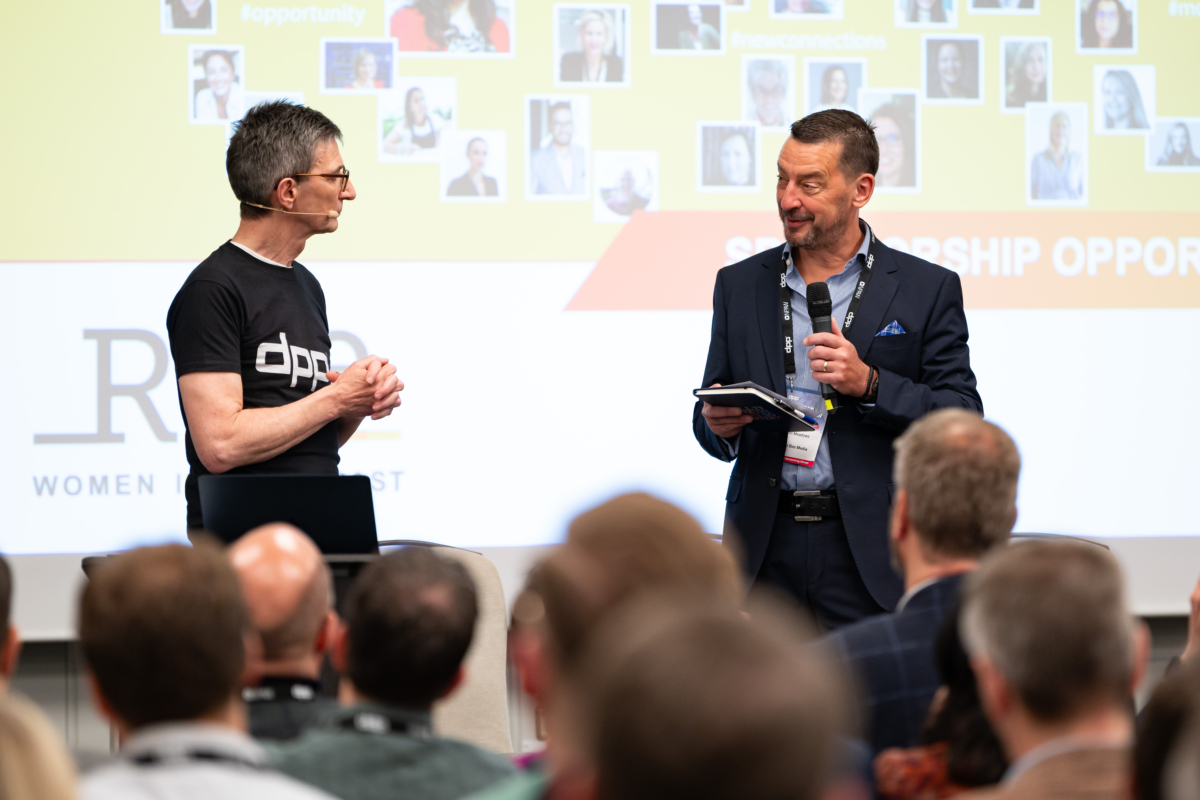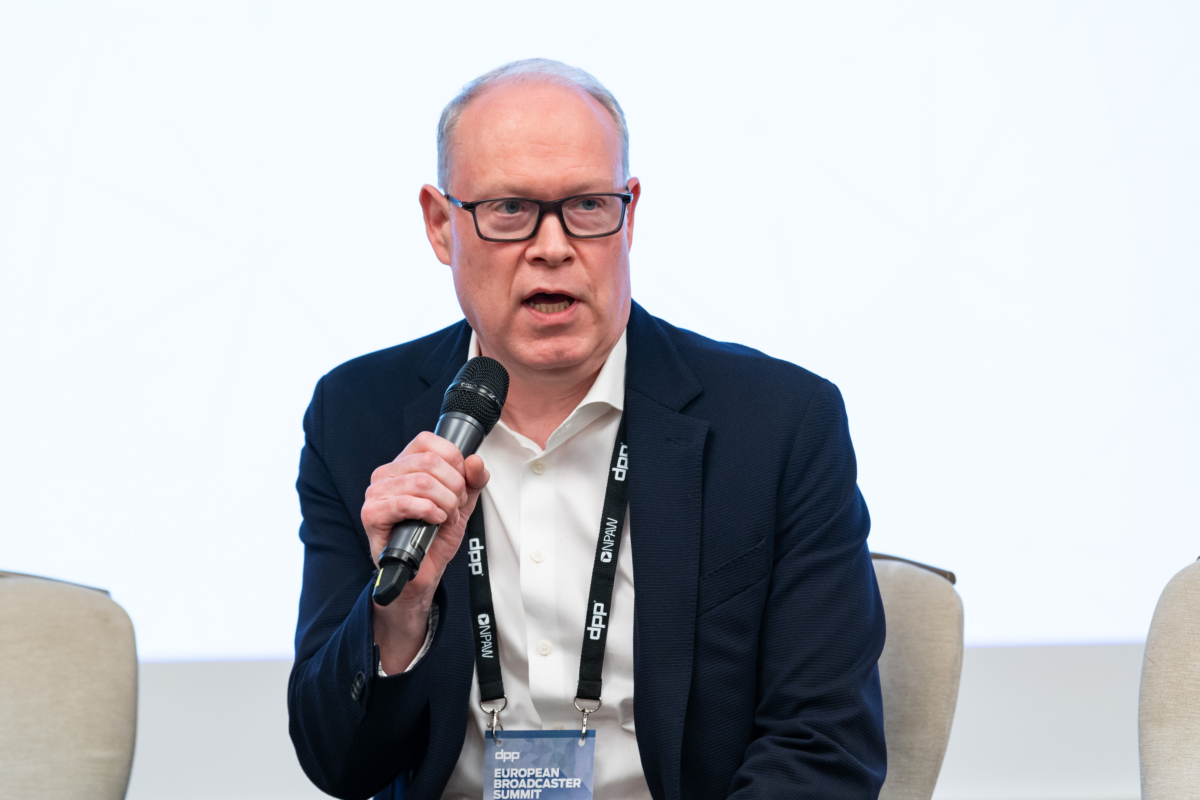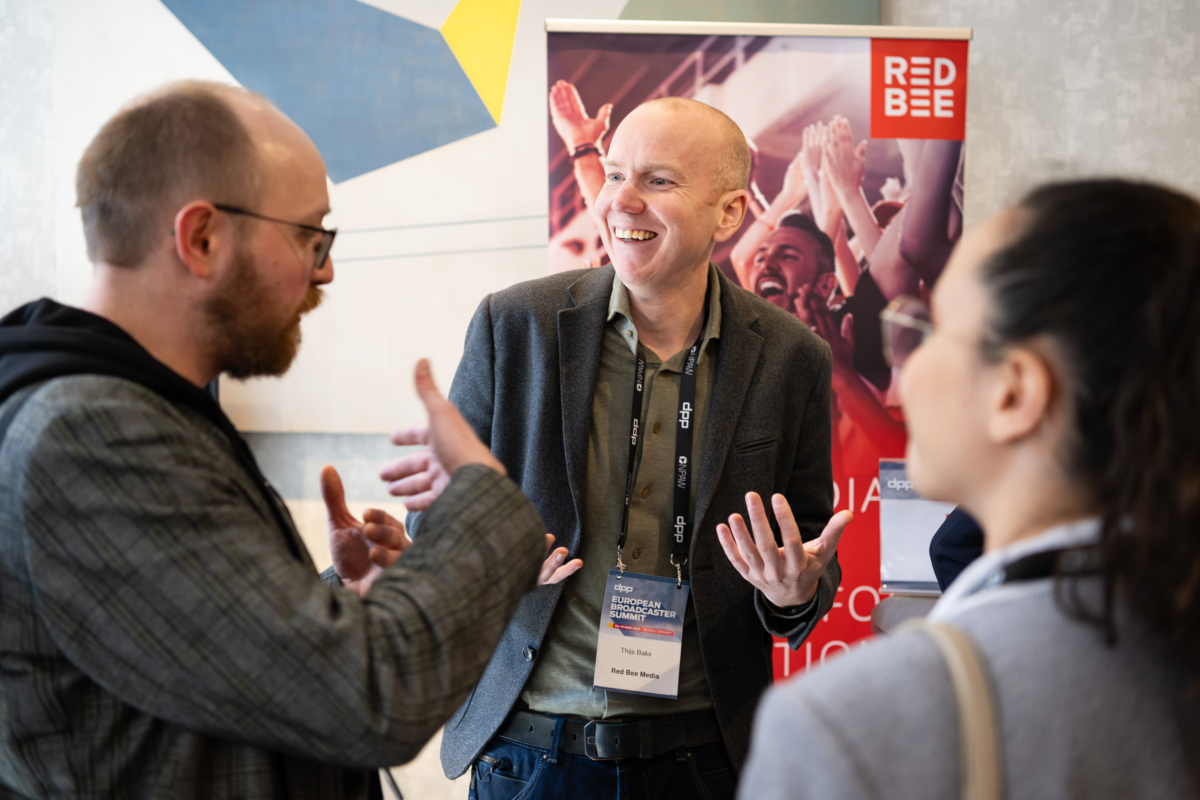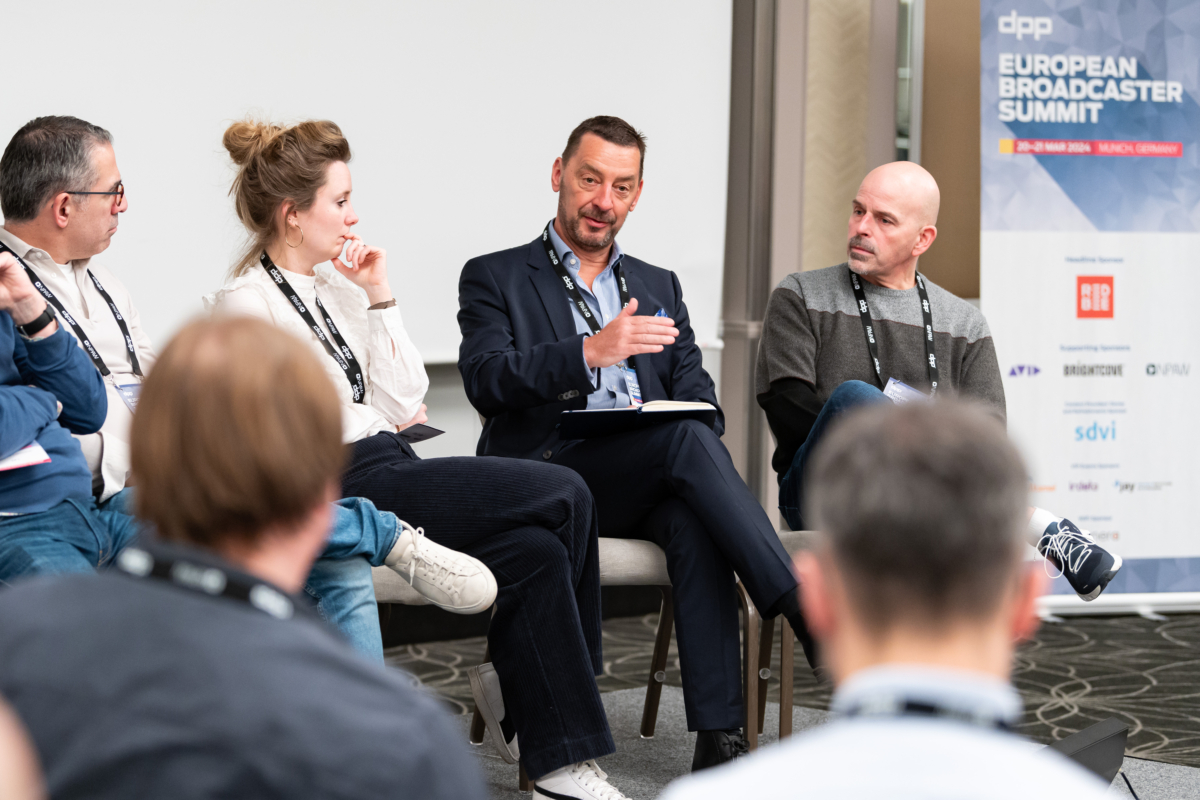By Gabija Jonsson, Head of Communications, Red Bee Media
Red Bee Media was the Headline Sponsor of the DPP European Broadcaster Summit 2024 for the third consecutive year. Our leadership team’s representatives were thrilled to meet our existing and potential customers at the Summit, which addressed five key industry topic areas – Cloud Production, AI, Metadata & Asset Management, Hybrid Cloud Architecture and IP Infrastructure. We summarised five key takeaways from those sessions, where broadcasters and industry suppliers discussed the media industry’s future and challenges.


 Supply
Supply 


